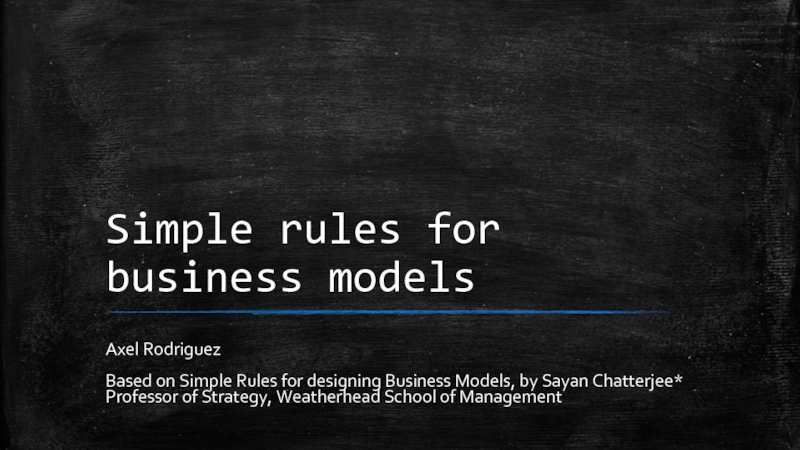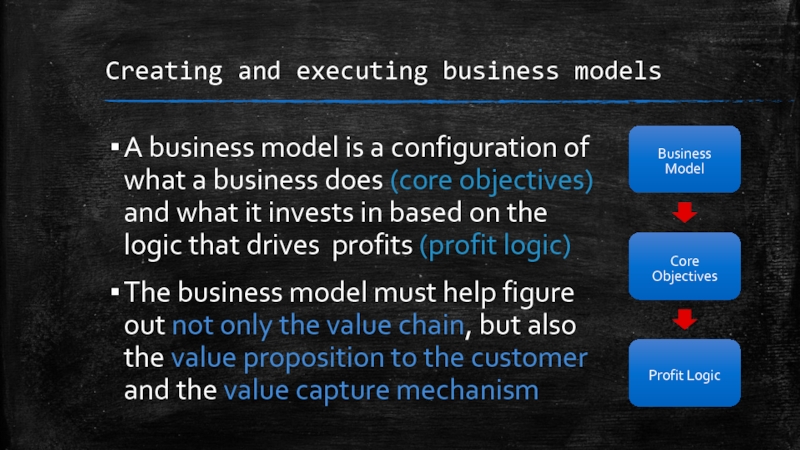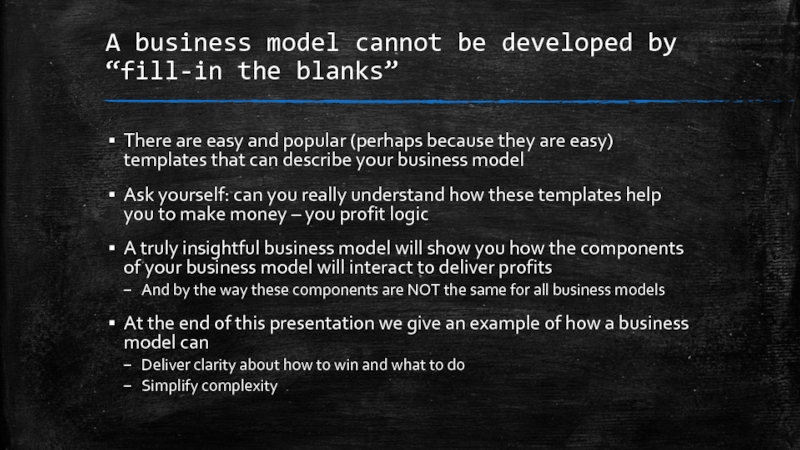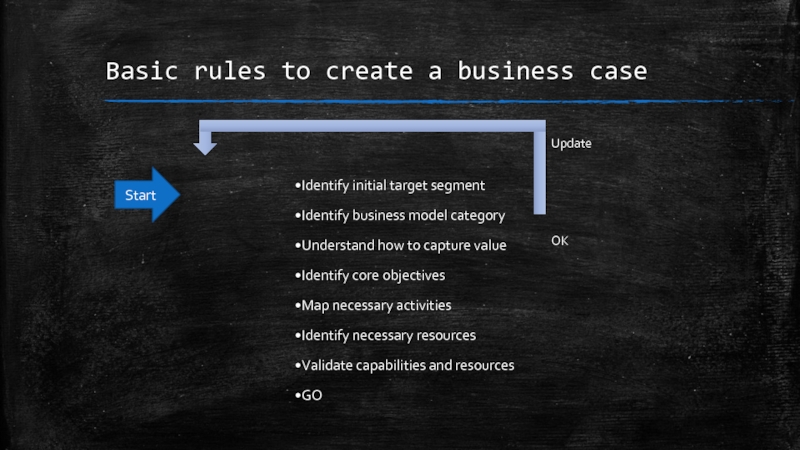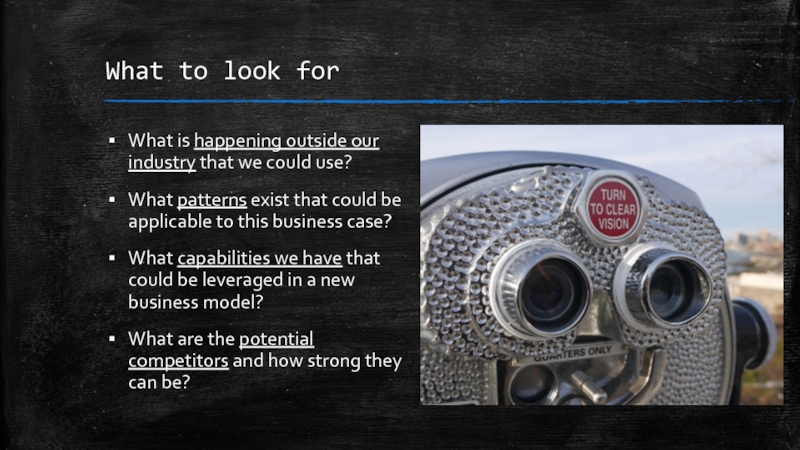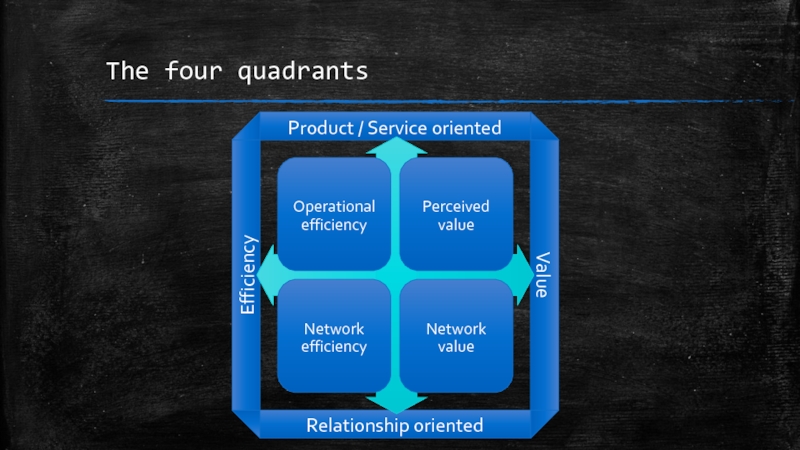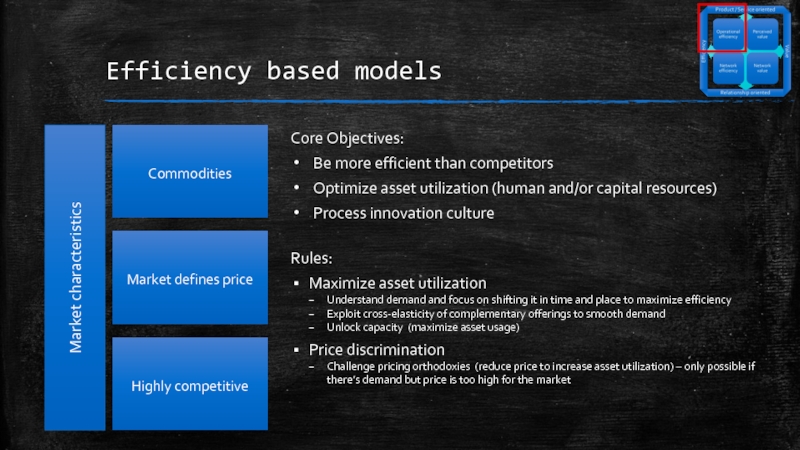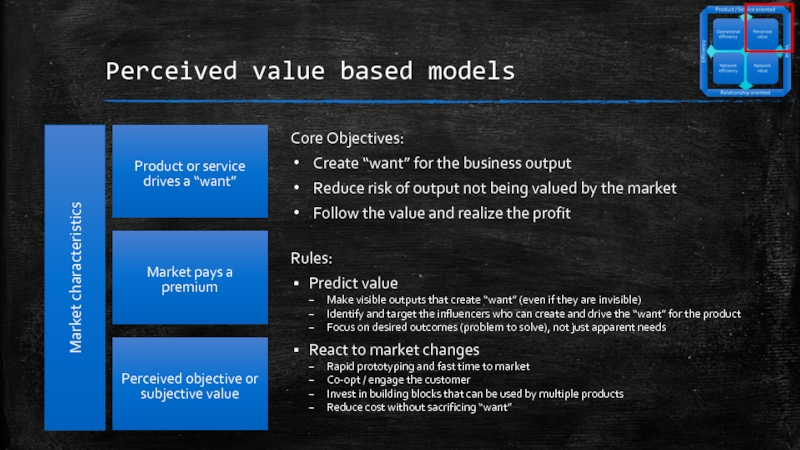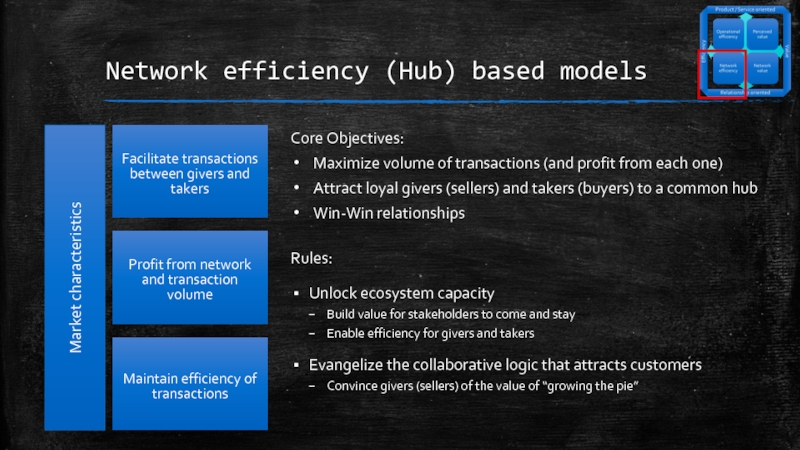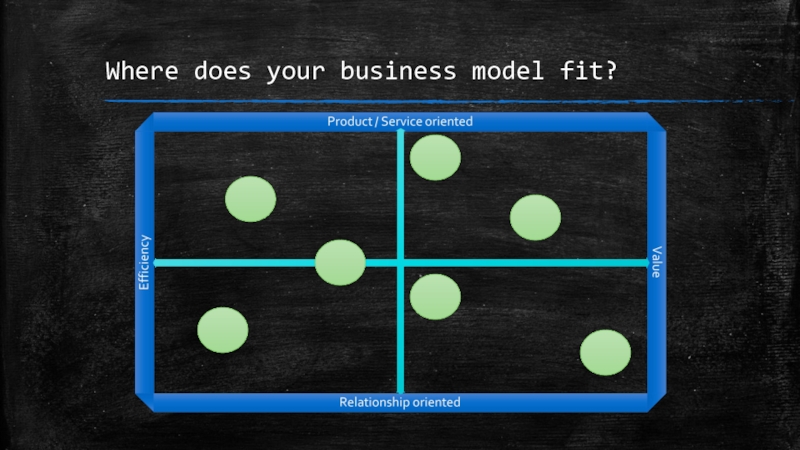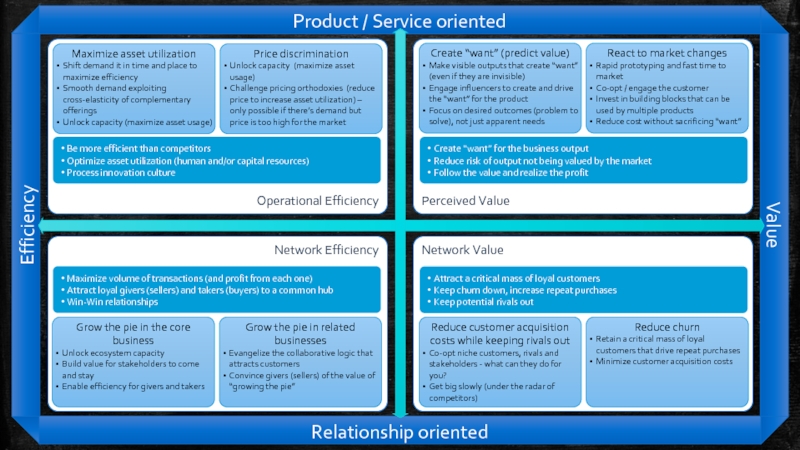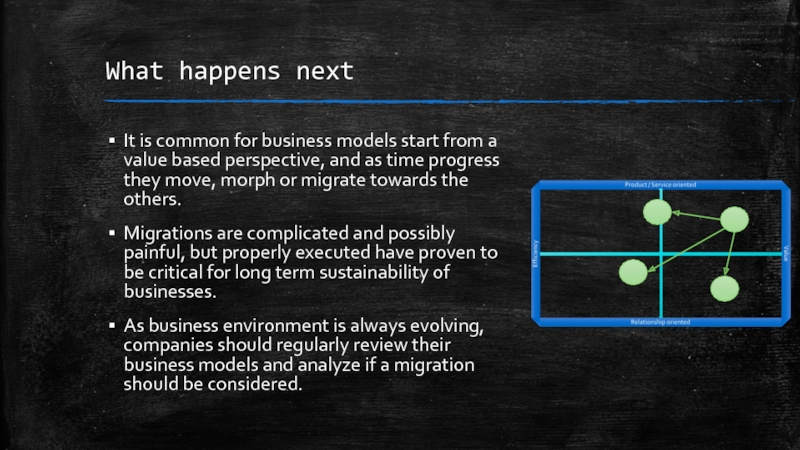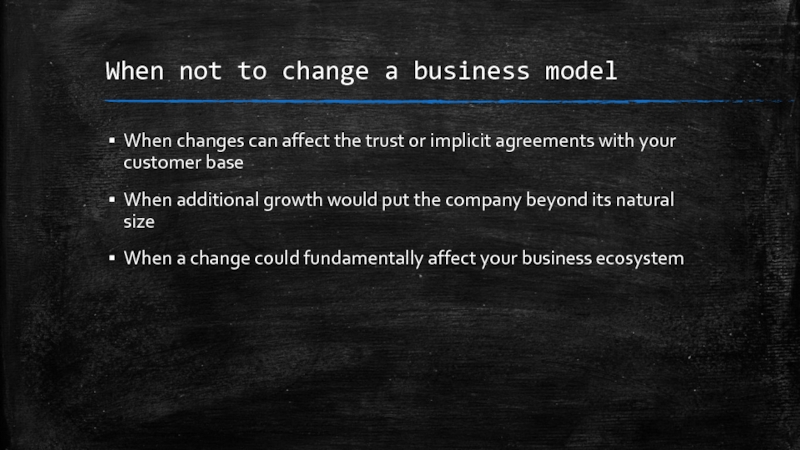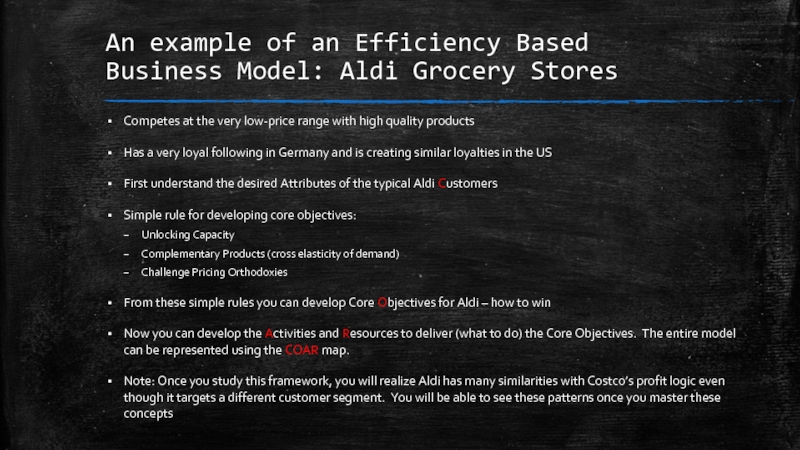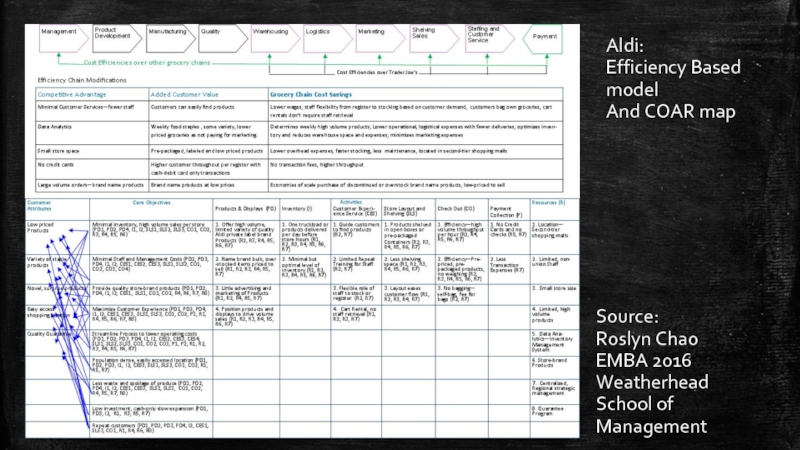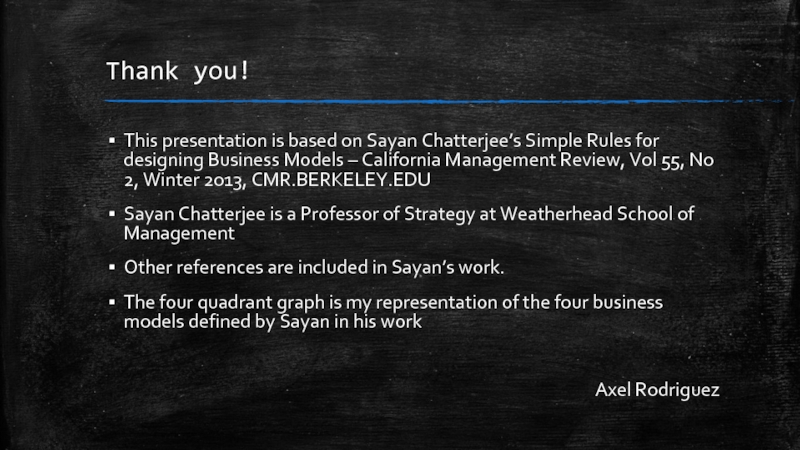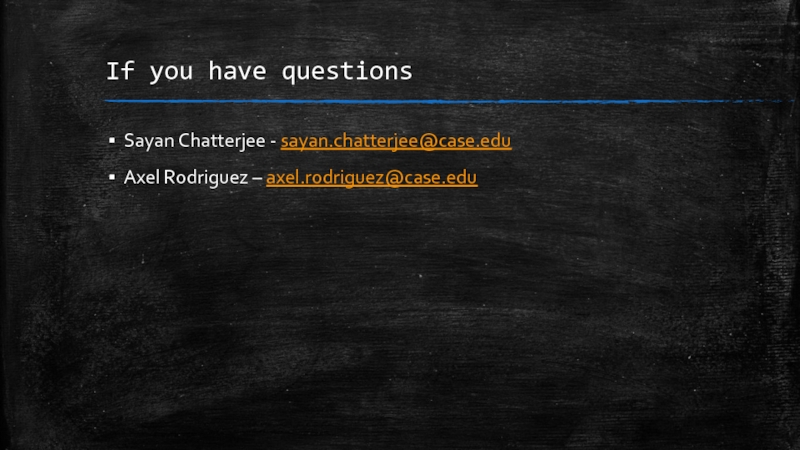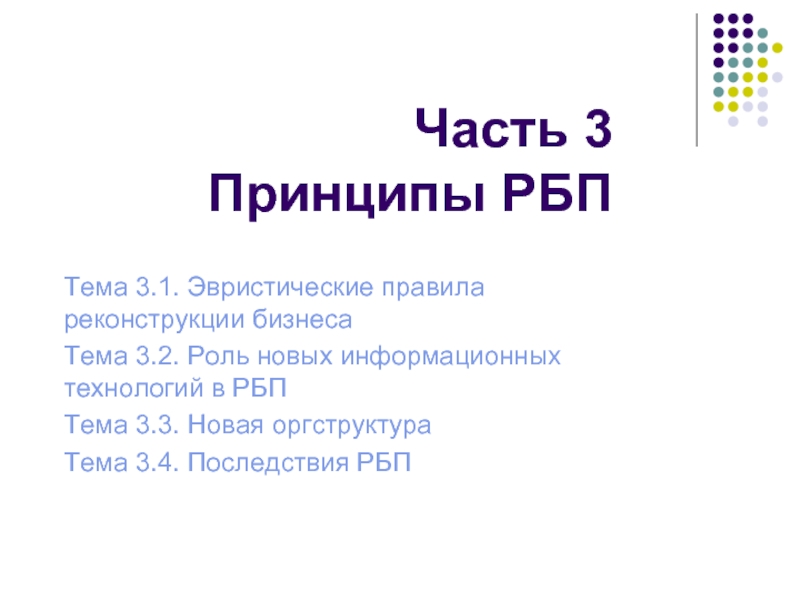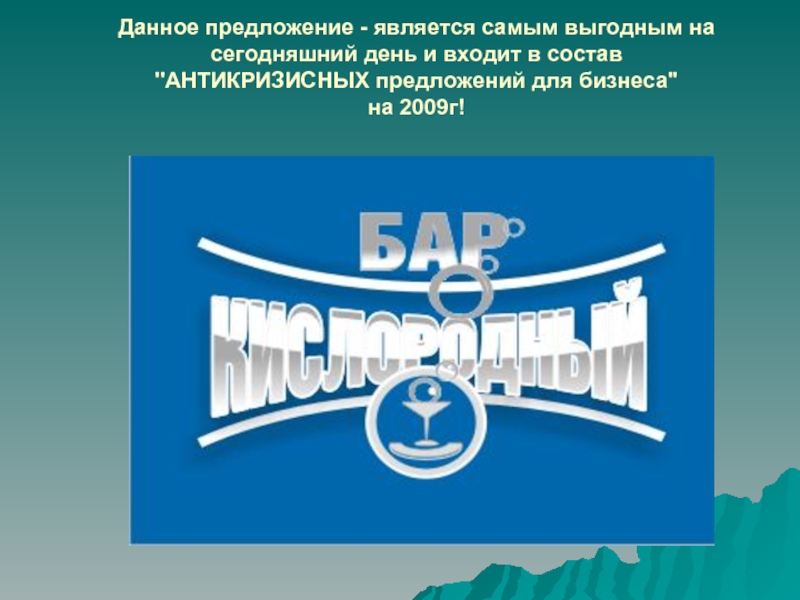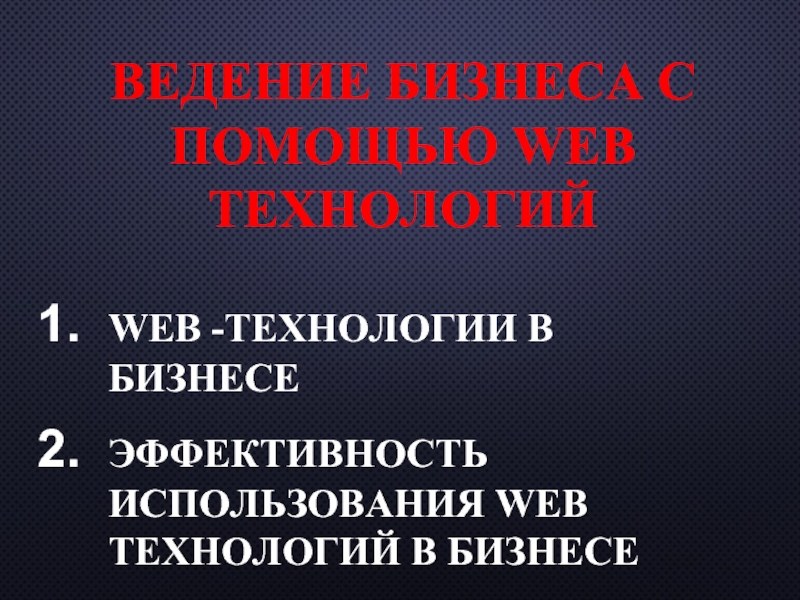- Главная
- Разное
- Дизайн
- Бизнес и предпринимательство
- Аналитика
- Образование
- Развлечения
- Красота и здоровье
- Финансы
- Государство
- Путешествия
- Спорт
- Недвижимость
- Армия
- Графика
- Культурология
- Еда и кулинария
- Лингвистика
- Английский язык
- Астрономия
- Алгебра
- Биология
- География
- Детские презентации
- Информатика
- История
- Литература
- Маркетинг
- Математика
- Медицина
- Менеджмент
- Музыка
- МХК
- Немецкий язык
- ОБЖ
- Обществознание
- Окружающий мир
- Педагогика
- Русский язык
- Технология
- Физика
- Философия
- Химия
- Шаблоны, картинки для презентаций
- Экология
- Экономика
- Юриспруденция
Simple rules for business models презентация
Содержание
- 1. Simple rules for business models
- 2. Creating and executing business models A business
- 3. A business model cannot be developed by
- 4. Basic rules to create a business
- 5. What to look for What is happening
- 6. Product / Service
- 7. Efficiency based models Rules: Maximize asset utilization
- 8. Perceived value based models Product or service
- 9. Network value based models Core group of
- 10. Facilitate transactions between givers and takers
- 11. Where does your business model fit?
- 12. Network Efficiency Network Value Operational Efficiency
- 13. What happens next It is common for
- 14. When not to change a business model
- 15. An example of an Efficiency Based Business
- 16. Source: Roslyn Chao EMBA 2016
- 17. Thank you! This presentation is based on
- 18. If you have questions Sayan Chatterjee - sayan.chatterjee@case.edu Axel Rodriguez – axel.rodriguez@case.edu
Слайд 1Simple rules for business models
Axel Rodriguez
Based on Simple Rules for designing
Professor of Strategy, Weatherhead School of Management
Слайд 2Creating and executing business models
A business model is a configuration of
The business model must help figure out not only the value chain, but also the value proposition to the customer and the value capture mechanism
Business Model
Core Objectives
Profit Logic
Слайд 3A business model cannot be developed by “fill-in the blanks”
There are
Ask yourself: can you really understand how these templates help you to make money – you profit logic
A truly insightful business model will show you how the components of your business model will interact to deliver profits
And by the way these components are NOT the same for all business models
At the end of this presentation we give an example of how a business model can
Deliver clarity about how to win and what to do
Simplify complexity
Слайд 4
Basic rules to create a business case
Identify initial target segment
Identify business
Understand how to capture value
Identify core objectives
Map necessary activities
Identify necessary resources
Validate capabilities and resources
GO
OK
Update
Start
Слайд 5What to look for
What is happening outside our industry that we
What patterns exist that could be applicable to this business case?
What capabilities we have that could be leveraged in a new business model?
What are the potential competitors and how strong they can be?
Слайд 6
Product / Service oriented
Relationship oriented
Efficiency
Value
The four quadrants
Operational efficiency
Perceived value
Network efficiency
Network value
Слайд 7Efficiency based models
Rules:
Maximize asset utilization
Understand demand and focus on shifting it
Exploit cross-elasticity of complementary offerings to smooth demand
Unlock capacity (maximize asset usage)
Price discrimination
Challenge pricing orthodoxies (reduce price to increase asset utilization) – only possible if there’s demand but price is too high for the market
Commodities
Market defines price
Highly competitive
Market characteristics
Core Objectives:
Be more efficient than competitors
Optimize asset utilization (human and/or capital resources)
Process innovation culture
Слайд 8Perceived value based models
Product or service drives a “want”
Market pays a
Perceived objective or subjective value
Market characteristics
Rules:
Predict value
Make visible outputs that create “want” (even if they are invisible)
Identify and target the influencers who can create and drive the “want” for the product
Focus on desired outcomes (problem to solve), not just apparent needs
React to market changes
Rapid prototyping and fast time to market
Co-opt / engage the customer
Invest in building blocks that can be used by multiple products
Reduce cost without sacrificing “want”
Core Objectives:
Create “want” for the business output
Reduce risk of output not being valued by the market
Follow the value and realize the profit
Слайд 9Network value based models
Core group of “loyal customers”
Loyal customers become promoters
Expansion
Market characteristics
Rules:
Co-opt niche customers, rivals and stakeholders
What can loyal customers, potential rivals and stakeholders do for you
Get big slowly (under the radar of competitors)
Keep imitators out, start with the segment of higher loyalty potential
Keep loyal customers engaged
Retain a critical mass of loyal customers that drive repeat purchases
Minimize customer acquisition costs
Core Objectives:
Attract a critical mass of loyal customers
Keep churn down, increase repeat purchases
Keep potential rivals out
Слайд 10Facilitate transactions between givers and takers
Profit from network and transaction
Maintain efficiency of transactions
Market characteristics
Rules:
Unlock ecosystem capacity
Build value for stakeholders to come and stay
Enable efficiency for givers and takers
Evangelize the collaborative logic that attracts customers
Convince givers (sellers) of the value of “growing the pie”
Core Objectives:
Maximize volume of transactions (and profit from each one)
Attract loyal givers (sellers) and takers (buyers) to a common hub
Win-Win relationships
Network efficiency (Hub) based models
Слайд 12Network Efficiency
Network Value
Operational Efficiency
Perceived Value
Maximize asset utilization
Shift demand it in time
Smooth demand exploiting cross-elasticity of complementary offerings
Unlock capacity (maximize asset usage)
Price discrimination
Unlock capacity (maximize asset usage)
Challenge pricing orthodoxies (reduce price to increase asset utilization) – only possible if there’s demand but price is too high for the market
Create “want” (predict value)
Make visible outputs that create “want” (even if they are invisible)
Engage influencers to create and drive the “want” for the product
Focus on desired outcomes (problem to solve), not just apparent needs
React to market changes
Rapid prototyping and fast time to market
Co-opt / engage the customer
Invest in building blocks that can be used by multiple products
Reduce cost without sacrificing “want”
Reduce customer acquisition costs while keeping rivals out
Co-opt niche customers, rivals and stakeholders - what can they do for you?
Get big slowly (under the radar of competitors)
Reduce churn
Retain a critical mass of loyal customers that drive repeat purchases
Minimize customer acquisition costs
Grow the pie in the core business
Unlock ecosystem capacity
Build value for stakeholders to come and stay
Enable efficiency for givers and takers
Grow the pie in related businesses
Evangelize the collaborative logic that attracts customers
Convince givers (sellers) of the value of “growing the pie”
Be more efficient than competitors
Optimize asset utilization (human and/or capital resources)
Process innovation culture
Create “want” for the business output
Reduce risk of output not being valued by the market
Follow the value and realize the profit
Attract a critical mass of loyal customers
Keep churn down, increase repeat purchases
Keep potential rivals out
Maximize volume of transactions (and profit from each one)
Attract loyal givers (sellers) and takers (buyers) to a common hub
Win-Win relationships
Слайд 13What happens next
It is common for business models start from a
Migrations are complicated and possibly painful, but properly executed have proven to be critical for long term sustainability of businesses.
As business environment is always evolving, companies should regularly review their business models and analyze if a migration should be considered.
Слайд 14When not to change a business model
When changes can affect the
When additional growth would put the company beyond its natural size
When a change could fundamentally affect your business ecosystem
Слайд 15An example of an Efficiency Based Business Model: Aldi Grocery Stores
Competes
Has a very loyal following in Germany and is creating similar loyalties in the US
First understand the desired Attributes of the typical Aldi Customers
Simple rule for developing core objectives:
Unlocking Capacity
Complementary Products (cross elasticity of demand)
Challenge Pricing Orthodoxies
From these simple rules you can develop Core Objectives for Aldi – how to win
Now you can develop the Activities and Resources to deliver (what to do) the Core Objectives. The entire model can be represented using the COAR map.
Note: Once you study this framework, you will realize Aldi has many similarities with Costco’s profit logic even though it targets a different customer segment. You will be able to see these patterns once you master these concepts
Слайд 16Source:
Roslyn Chao
EMBA 2016
Weatherhead School of Management
Aldi:
Efficiency Based model
And COAR map
Слайд 17Thank you!
This presentation is based on Sayan Chatterjee’s Simple Rules for
Sayan Chatterjee is a Professor of Strategy at Weatherhead School of Management
Other references are included in Sayan’s work.
The four quadrant graph is my representation of the four business models defined by Sayan in his work
Axel Rodriguez
